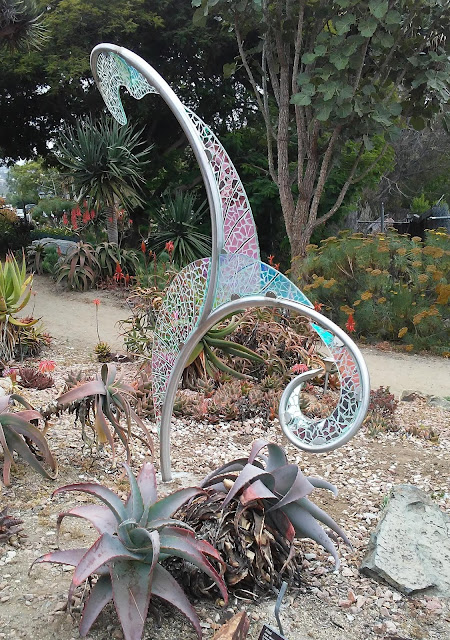Julio M. Romero ‘Playas Lado B’ is an ongoing project by visual artist Julio M. Romero that in its current state, presents works generated by his wanderings through the seashores of southern and Baja California. In the past four years, Romero has lived in Los Angeles, Berkeley and Tijuana, and during this time, he has spent many hours observing the different phenomenon that occurs in the beaches of this region. Working as some kind of archaeologist of the recent past, Romero studies human activity and collects artifacts and data left by frequent beach visitors and dwellers that he then alters and transforms, even if subtle, into something new. The artist categorizes his findings and works with them in three facets that are collectively presented as ‘Playas Lado B’. The first component of the project consists of photographic works that document ephemeral interventions in-situ that Romero erects in the form of minimalist sculptures made out of found materials on his beach walks. And just as walking can be considered an everyday and mundane activity, Romero’s interventions are also humble and non-monumental. These pieces recall Arte Povera of the 1960’s, or some of the early works by Gabriel Orozco and those of the young generation of contemporary artist working in Mexico City in the 1990’s. The similarities of Romero’s work with that of his predecessors are both, in form and attitude. His is a do-it-yourself approach that results in poetic reconfigurations of waste materials with subtle political overtones. In these works, Romero employs both, things from nature and man-made, and are often combined to create a coexistence between the two. At times, the unassuming quality of the sculptures make this concomitance to come naturally and warmhearted, but at others, the cohabitation feels forced, sometimes literally, like when the artist ‘permanently’ ties a blue ribbon to a wooden branch, or a rock to the inside of a battered box.
Or when he cages pebbles inside a wire mesh structure. Romero animates these objects, and makes them coexist momentarily, but the desolated beaches where these ‘things’ live evoke a sense of abandonment. In this scenario, the ephemeral becomes eternal, and the objects future ruins of contemporary life.
In the second facet of ‘Playas Lado B’, Romero preserves some of the findings from his beach walks and takes them to his studio for further analysis. He then recontextualizes the materials a third time by taking them into the gallery space, where he manipulates them and creates inventive forms that fit into their newfound
environment. The gallery context incites new ways of looking, considering and reflecting on the objects, but it can also very easily sterilize and devoid them of meaning. When this happens, the objects’ new location appears as desolated as the bare seashores depicted in the photographs.
The third facet of ‘Playas Lado B’ is video and photo documentation of the people that frequent the beach and its surroundings, as well as gatherings and happenings and any other visual phenomena that catches the artist’s attention. This documentation shows fleeting moments and varied activity that took place in the beach, and just like the sculptural interventions in-situ and in the gallery, the videos and photographs produce a sense of the archaic, decadence and solitude. Romero’s three facets of ‘Playas Lado B’ bring very similar results; they emphasize the evocative qualities and the social implications of the works presented – be it through interventions, the formal, or documentation of people and events.
Written by Luis G. Hernandez, Oct 2015
|


































































































